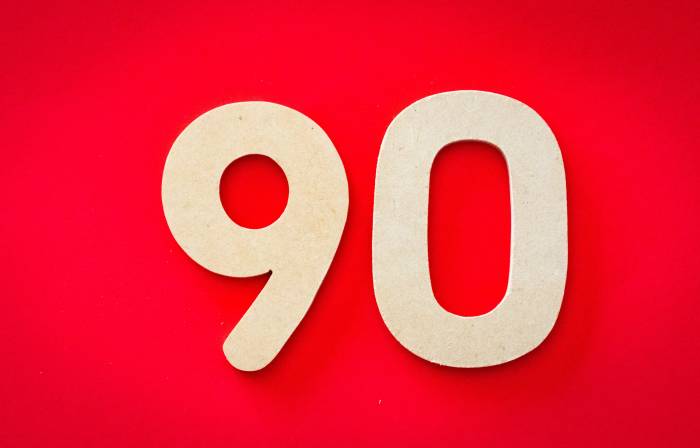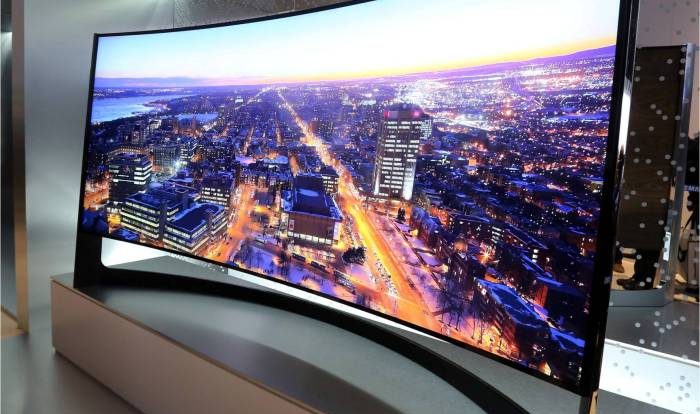Introducing the concept of ‘what is the measure of psq in degrees’, this discourse embarks on an enlightening journey, exploring the intricacies of PSQ measurement techniques and their multifaceted applications. Delving into the depths of phase shift and quadrature, we unravel the significance of PSQ as a performance metric, unlocking its potential in diverse fields.
The subsequent paragraphs delve into the methodologies employed to measure PSQ in degrees, shedding light on the instrumentation and techniques involved. Practical applications are examined, showcasing the relevance of PSQ measurements in real-world scenarios.
Definition of PSQ

Phase Shift Quadrature (PSQ) is a technique used in signal processing and telecommunications to measure the phase shift between two signals that are 90 degrees out of phase, known as quadrature. PSQ is commonly expressed in degrees, providing a quantitative measure of the phase difference between the two signals.
Measurement of PSQ in Degrees
PSQ in degrees can be measured using various methods, including:
- Phase-Locked Loop (PLL):A PLL tracks the phase of an input signal and generates an output signal that is phase-locked to the input. The phase difference between the input and output signals can be measured and converted to degrees.
- Quadrature Detectors:Quadrature detectors are devices that multiply two signals that are 90 degrees out of phase. The output of a quadrature detector is a DC voltage that is proportional to the phase difference between the input signals.
PSQ measurements in degrees are commonly used in applications such as:
- Measuring the phase noise of oscillators
- Testing the performance of filters and other signal processing components
- Synchronizing digital communication systems
Factors Affecting PSQ: What Is The Measure Of Psq In Degrees
Several factors can influence PSQ measurements, including:
- Frequency:The frequency of the signals being measured can affect the accuracy of PSQ measurements.
- Temperature:Temperature variations can cause changes in the phase characteristics of components, affecting PSQ measurements.
- Circuit Design and Component Characteristics:The design of the circuit and the characteristics of the components used can impact the PSQ.
Applications of PSQ Measurement

PSQ measurements have diverse applications in various fields:
- Telecommunications:PSQ is used to measure the phase noise of oscillators in communication systems, ensuring signal integrity and synchronization.
- Signal Processing:PSQ is employed in digital signal processing algorithms, such as filtering and modulation, to optimize signal performance.
- Control Systems:PSQ is utilized in control systems to measure the phase difference between the reference signal and the feedback signal, enabling precise control.
Advanced Techniques for PSQ Measurement

Advanced techniques have been developed to enhance PSQ measurements:
- Heterodyne Detection:Heterodyne detection uses a frequency mixer to convert the signals to a lower frequency, where PSQ can be measured more accurately.
- Digital Signal Processing:Digital signal processing techniques, such as the Fast Fourier Transform (FFT), can be used to analyze the phase characteristics of signals and measure PSQ.
These techniques offer improved accuracy, sensitivity, and dynamic range for PSQ measurements.
Commonly Asked Questions
What is the significance of measuring PSQ in degrees?
Measuring PSQ in degrees allows for precise quantification of phase shift and quadrature components, enabling accurate analysis and interpretation of system performance.
How does frequency impact PSQ measurements?
Frequency can significantly affect PSQ measurements, as it influences the phase shift and quadrature relationships within the system.
What are the advantages of using advanced techniques for PSQ measurement?
Advanced techniques offer improved accuracy, precision, and sensitivity in PSQ measurements, enabling more detailed and reliable analysis.
